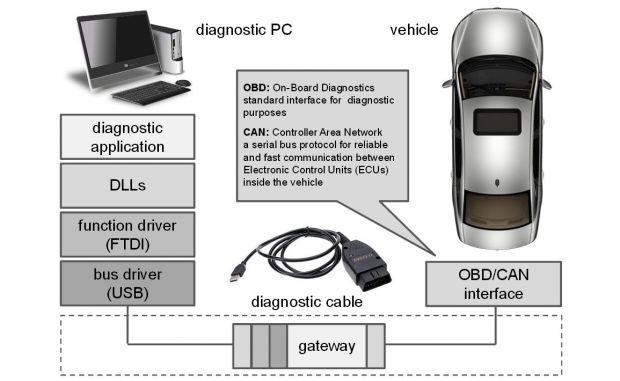This is the third article in the series about embedded devices security, started with Strengthening the Security of Embedded Devices
The second article was Secure Booting for Embedded Devices: Safeguarding Systems from Intrusions
In this article, we will explore the importance of secure flashing for embedded devices and discuss best practices for implementing secure firmware updates.
Secure flashing refers to the process of updating or replacing firmware on an embedded device in a secure and reliable manner. Firmware is the software code that runs directly on the hardware of the embedded device, controlling its functionality and behavior. Secure flashing ensures that firmware updates are performed in a way that minimizes the risk of unauthorized access, tampering, or corruption.
Secure flashing involves implementing a set of security measures and practices to ensure the integrity, authenticity, and confidentiality of the firmware during the update process.
These devices often rely on firmware updates to enhance functionality, address vulnerabilities, and ensure optimal performance.
However, the process of flashing firmware onto embedded devices can introduce security risks if not handled properly.
Significance of Secure Flashing
- Vulnerability Mitigation
Firmware updates often address security vulnerabilities discovered in embedded devices. Secure flashing ensures that these updates are properly authenticated and verified, reducing the risk of unauthorized modifications and potential exploitation. - Data Protection
Embedded devices often process and store sensitive data. Secure flashing guarantees the integrity and confidentiality of this data during the firmware update process, mitigating the risk of data breaches or unauthorized access. - Device Reliability
Firmware updates can introduce new features and performance improvements to embedded devices. Secure flashing helps ensure that the updates are successfully applied without corruption, minimizing the risk of functional failures or device instability.
Secure Implementation Practices
- Cryptographic Signatures
Implementing cryptographic signatures is crucial for secure flashing. Each firmware update should be signed using a unique private key, and the embedded device should verify the signature using the corresponding public key before applying the update.
This guarantees the authenticity and integrity of the firmware. - Secure Boot
Secure boot mechanisms prevent the execution of unauthorized or malicious firmware. During the boot process, the device verifies the integrity and authenticity of the firmware before loading and executing it.
This prevents unauthorized modifications and safeguards against firmware tampering. - Encrypted Communication
Establishing encrypted communication channels between the firmware update server and the embedded device ensures the confidentiality and integrity of the update files.
Protocols such as Transport Layer Security (TLS) can be employed to protect data transmission, preventing eavesdropping and tampering. - Failsafe mechanism using dual image updates
Dual image updates involve maintaining two firmware images on the embedded device. During the update process, the new firmware is flashed to the inactive image.
Once verified, the device switches to the updated image, ensuring a failsafe mechanism in case of unsuccessful updates or rollbacks. - Secure Storage
Storing firmware images securely on the embedded device is crucial to prevent unauthorized access and tampering.
Employing encryption and access control mechanisms can safeguard the firmware from being extracted or modified by malicious actors. - Regular Security Audits
Conducting periodic security audits helps identify vulnerabilities and weaknesses in the flashing process.
Independent security assessments, code reviews, and penetration testing can uncover potential flaws and ensure the continuous improvement of the flashing mechanism.
The most common way of delivering firmware updates to embedded devices is Over-The-Air (OTA). We will talk in a future article about OTA Updates.
© Copyright 2023 Sorin Mustaca, All rights Reserved. Written For: Sorin Mustaca on Cybersecurity
Check www.endpoint-cybersecurity.com for seeing the consulting services we offer.
Visit www.itsecuritynews.info for latest security news in English
Besuchen Sie de.itsecuritynews.info für IT Sicherheits News auf Deutsch



3 thoughts on “The Importance of Secure Flashing for Embedded Devices and Secure Implementation Practices”
Comments are closed.